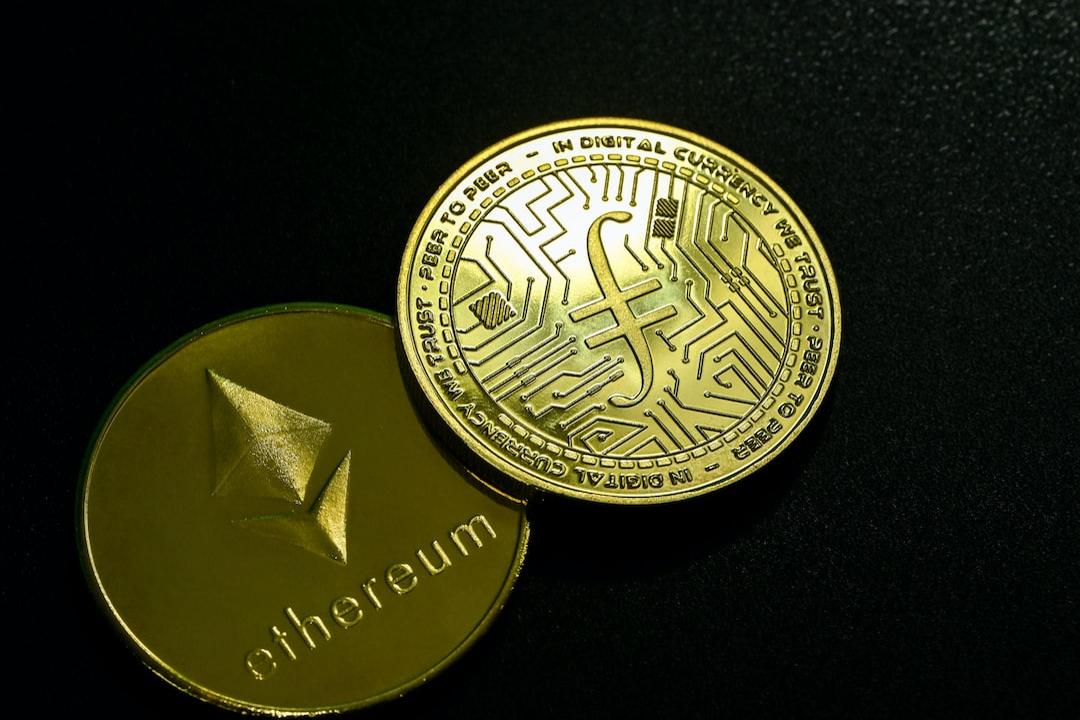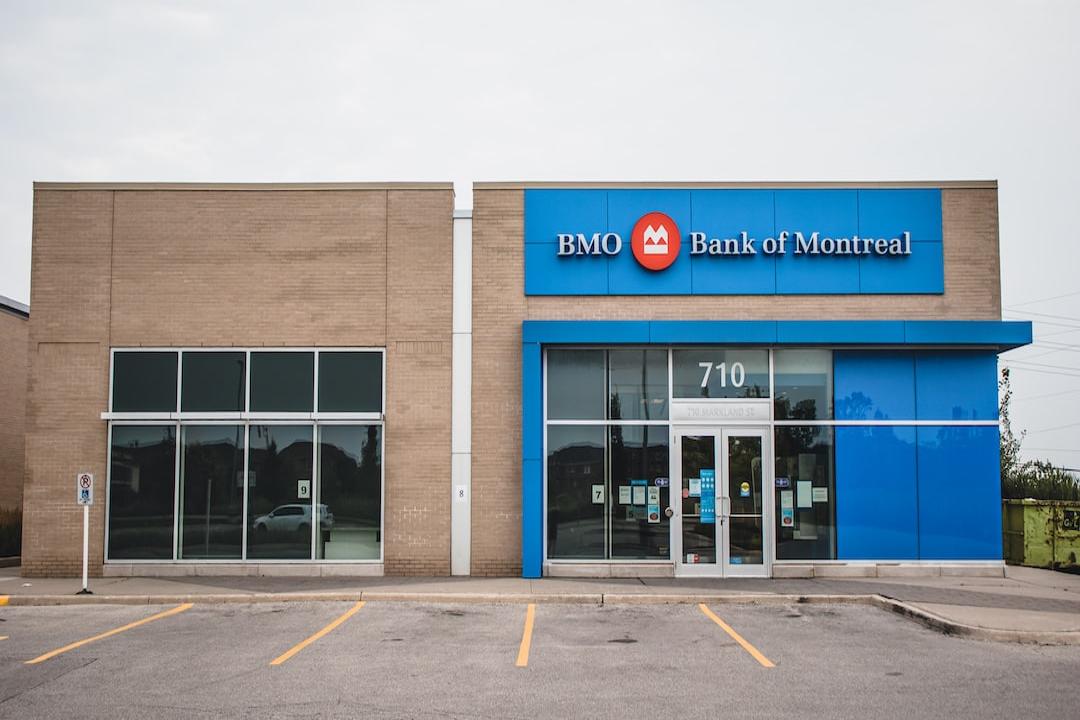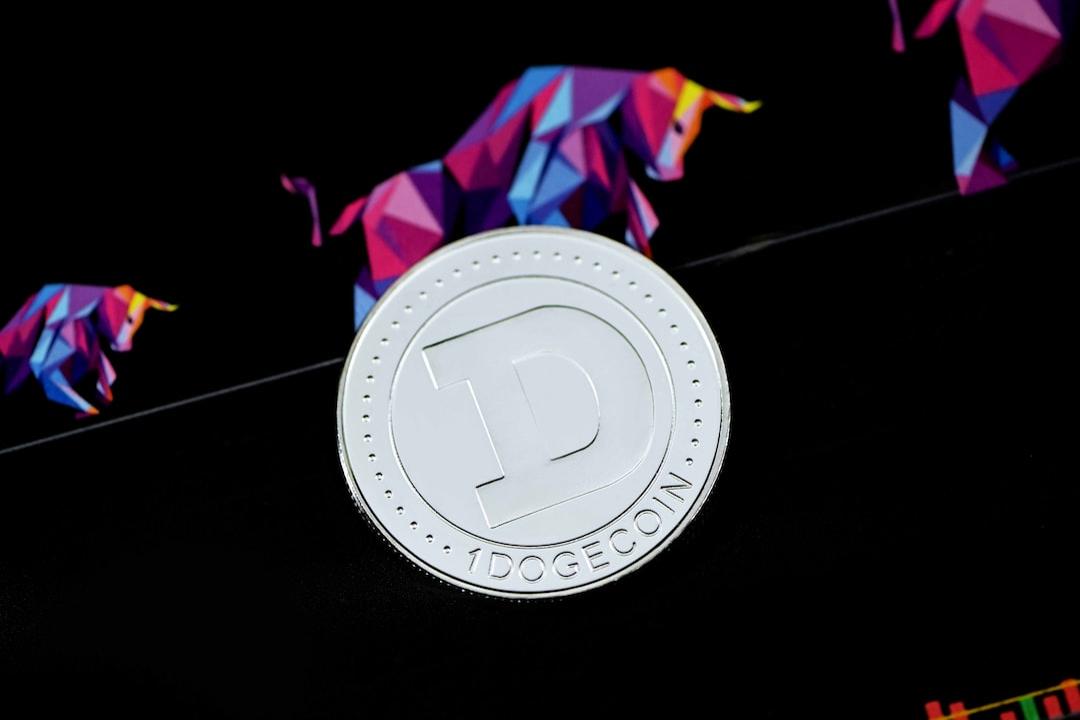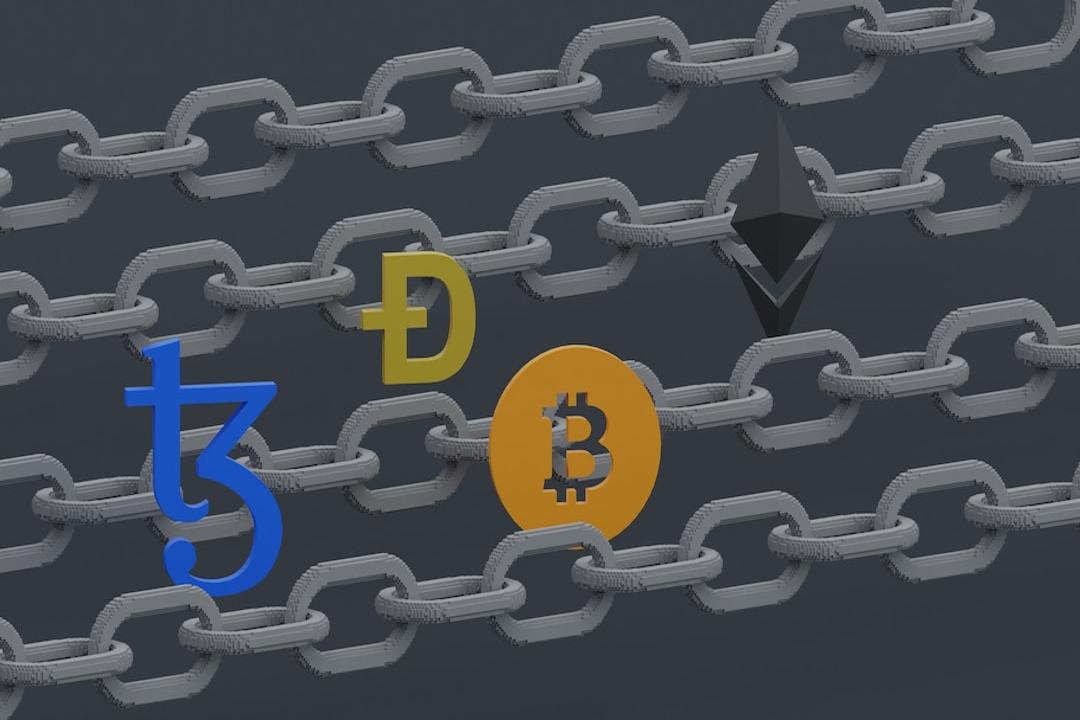Privacy Zero-Knowledge Proof (ZKP) Project: Manta Network
Manta Network, a team that has recently been active and has seen significant growth in on-chain data, has launched its Layer2 network, Manta Pacific, this year. What is Manta Pacific and why is the team implementing a large-scale reward program at this time? Why are they migrating to the Polygon CDK? This article will provide a detailed explanation.
Table of Contents
Toggle
New Developments in Manta Pacific
Frequent Actions by the Team
Growth in On-chain Data
Introduction to the Manta Ecosystem
Originating from the Polkadot Ecosystem: Manta Atlantic
A newcomer to ZK-Rollups: Manta Pacific
Manta Pacific Roadmap
Phase 1: Mainnet Launch (Completed)
Phase 2: Integration of External DAs (Completed)
Phase 3: Migration to Polygon CDK
Phase 4: Universal Circuits 2.0
Manta’s Goal is to Create Applications that Don’t Currently Exist
New Developments in Manta Pacific
In July of this year, the Manta team announced the launch of their Layer2 network. In September, they began internal testing of Manta Pacific’s mainnet, and in November, they integrated LayerZero cross-chain services. This month, they announced the integration of Celestia as the data availability layer (DA) for the network and are preparing to migrate from the OP ecosystem to the Polygon CDK ecosystem.
Advertisement – Continue reading below




In terms of marketing, the team has recently started many promotional activities. In addition to recent reward programs to promote native ETH and USDC earnings on Manta Pacific (similar to the Blast model), they have also organized multiple rounds of lottery events to encourage user participation in their Layer2 ecosystem.
Further reading:
Understanding Blur’s Yielding L2 Network Blast: On-chain Native Interest Rates, Sustainable NFT Contracts, etc.
In July of this year, the team announced that they had raised $25 million in Series A funding, which is a relatively high amount of cryptocurrency financing for 2023.
Further reading:
Research Report | Attractive Infrastructure: 2023 Cryptocurrency Financing Summary
Recently, Manta Pacific has seen breakthrough growth in on-chain data. According to Etherscan, their cross-chain bridge fuel consumption ranks among the top ten Ethereum protocols.


Ethereum Protocol Fuel Consumption Ranking
(Data source)
On the other hand, Manta Pacific’s on-chain TVL has jumped from $30 million to about $150 million in the past ten days, an increase of nearly five times, currently ranking as the 11th largest L2 network.


Manta Pacific On-chain TVL Changes
(Data source)
To understand the recent changes in on-chain data in Manta Pacific, it is necessary to clarify the roles within its ecosystem and understand the team’s positioning in order to better judge the fundamental reasons behind the changes in on-chain data.
The Manta ecosystem currently has two main products:
Manta Atlantic, based on the Polkadot ecosystem
Manta Pacific, based on the OP Stack ecosystem


Manta Network Ecosystem Architecture
(Data source)
Manta Atlantic uses zero-knowledge proof technology, zkSNARKs, to provide privacy protection for transfers and any on-chain transaction activity at the Layer1 level. It is built on the Polkadot ecosystem and has participated in crowdfunding.
Manta Atlantic provides a privacy-protected underlying network. Unlike the application-level approach of Tornado, Manta Atlantic integrates zero-knowledge proof functionality at the network consensus level, providing developers with easy-to-use privacy transaction capabilities without the need to handle any cryptography work. This accelerates the development of privacy applications on the network.
For example, Manta Atlantic provides the zkAddress standard, offering developers privacy DID standards and libraries that can be easily used in their services or protocols.
Due to the stagnation of the Polkadot ecosystem’s development and the gradual improvement of Layer2 development tools, the Manta team announced in July of this year that they would build a Layer2 network called Manta Pacific based on the OP Stack. They renamed the original parallel chain network of the Polkadot ecosystem as Manta Atlantic.
Manta Pacific packages ZK technology to provide developers with an alternative zero-knowledge proof solution. In the current stage, Manta Pacific modularizes the zero-knowledge proof technology module of Manta Atlantic and applies ready-made OP Stack and Celestia to quickly build a competitive network. It brings existing zero-knowledge proof privacy encryption technologies to Ethereum developers for use on the Manta Pacific network, allowing developers to easily develop related applications based on zero-knowledge proofs using Solidity, without having to wait for the development progress of zkEVM.
For developers, this provides an alternative zero-knowledge proof solution different from ZK Stack or Starknet Stack.
Manta Pacific has a roadmap consisting of four stages, aiming to build a zero-knowledge proof-based privacy network and create potential new application scenarios for smart contracts:


Manta Pacific Roadmap
(Data source)
Using the OP Stack to establish an Ethereum-compatible network, providing developers with a Solidity development environment and Universal Circuits modules (libraries and APIs for calling ZK applications). Even developers without a background in zero-knowledge proof technology can easily test and deploy DApps with zero-knowledge proof functionality. The goal is to establish an ecosystem based on Manta zkSBT and zkShuffle Universal Circuits.
Manta Pacific will have a significant development advantage over Starkware and Aztec in this regard. The latter has redesigned domain-specific languages (DSLs) such as Cairo and Noir for zero-knowledge proof applications, which is not conducive to attracting developers. On the other hand, Manta Pacific uses OP Stack Bedrock’s library to achieve EVM equivalence, allowing the use of Solidity to develop zero-knowledge proof applications.
By integrating Celestia’s modular data availability layer, Manta Pacific aims to achieve more efficient network performance.
Further reading:
Celestia Mainnet Launch: Opportunities and Challenges for Modular Blockchains
The goal of the third phase is to transition the Manta Pacific architecture from the OP Stack to the Polygon CDK architecture. Manta Pacific will be able to leverage the secure and robust zero-knowledge proof technology of the CDK, enhancing network finality speed and security. It can also utilize the existing ZK cross-chain bridge provided by CDK.
Through the modular architecture of Polygon CDK, Manta Pacific can retain its core advantages, such as the Universal Circuits module, while strengthening other aspects of the network’s foundation.
Manta Pacific will further optimize Universal Circuits to reduce the fuel cost required for functions and support more use cases. It will also support account abstraction technology to provide a better user experience for the network.
Specifically, the plan is to integrate ZK proofs to significantly reduce the cost of generating zero-knowledge proofs and uploading them to the mainnet, while increasing transaction throughput. On the other hand, more native integration of smart contract use cases will be provided, offering a more powerful and complete code library.
Although Manta may seem like just another project launching its own Layer2 network to seize the current hot trend, their strategy is clear:
Manta Pacific aims to unlock the next generation of DApps, especially services supported by zero-knowledge proofs, rather than building a faster Ethereum.
Manta Pacific retains its signature Universal Circuits module and leverages modular infrastructure including OP Stack, Polygon CDK, and Celestia to build a competitive and secure network. They aim to gain a certain advantage in the market before zkEVM technology development is completed by providing an alternative privacy encryption development tool.

